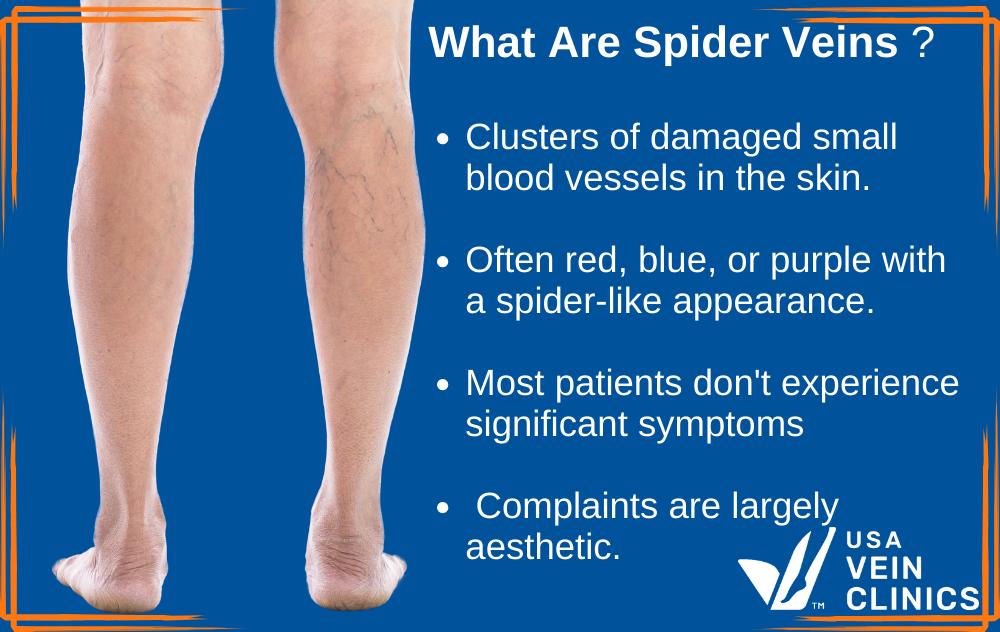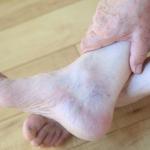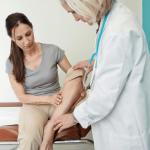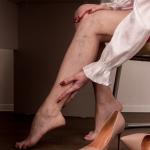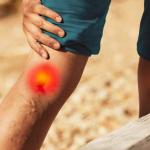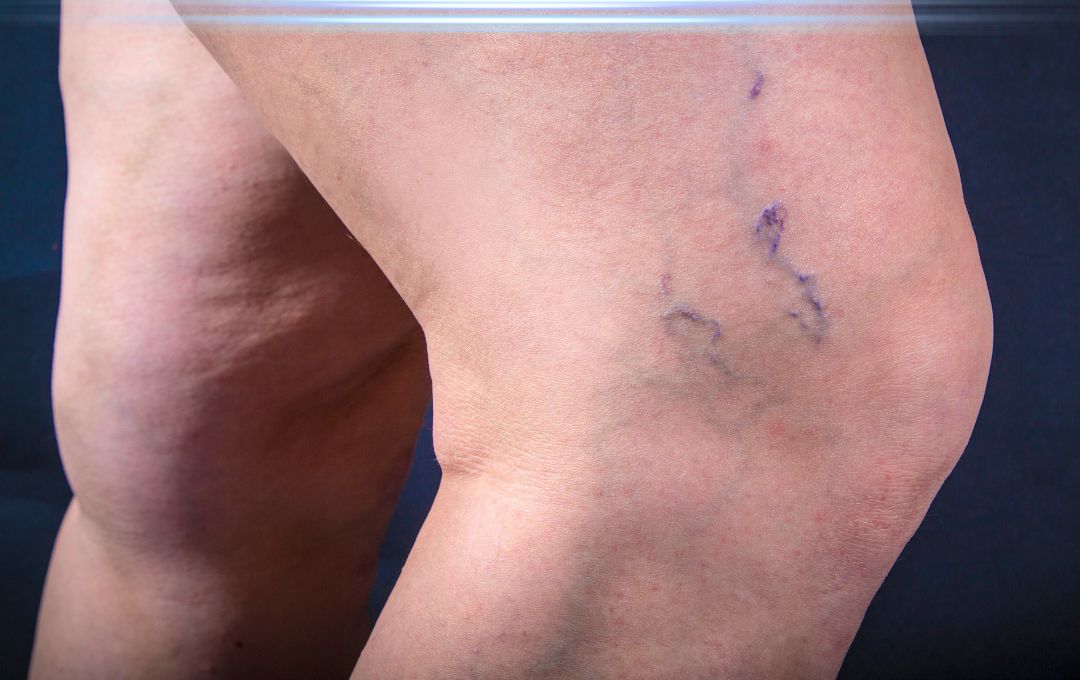
Spider veins might be small, but they can make a big impact on your confidence and comfort. These thin, web-like veins often appear on the legs or face and are more common than you might think. While many people see them as a cosmetic issue, spider veins can sometimes point to underlying vein problems. Whether you’re noticing your first ones or have had them for years, here are some surprising facts about spider veins you should know.
Spider veins are a symptom of vein disease and usually do not cause any symptoms. They are thinner and smaller than varicose veins and look similar to a spider web and are visibly discolored. Spider veins can appear on any part of the body, including hands and face, but they most commonly appear in the legs from increased pressure and decreased blood flow.
Up to 60% of Adults Suffer From Spider Vein Symptoms
At USA Vein Clinics, we are dedicated to providing all of our patients with the highest quality, most innovative care available. That’s why we make it our duty to ensure all patients are educated with the most up to date information regarding their condition and treatment.
What exactly does the phrase “spider veins” mean?
Spider veins, which are also known as telangiectasia, are small superficial thread-like veins nearer to the skin surface. They most often occur on the back and sides of the thigh and just below the knee.
These veins are more distinctive in fair-skinned people, and more common in females. The spider veins may appear radically and they have no characteristic symptoms. They can appear as a number of particular bluish or red spots on the legs.
Is it possible for spider veins to feel painful?
Yes, as spider veins can be accompanied by restlessness, swelling, heaviness, itching, burning, or general leg pain,]. If you experience these symptoms, you may have an underlying condition known as venous insufficiency, or vein disease
1. Spider Veins and Varicose Veins Aren’t the Same
Spider veins are often confused with varicose veins, but they’re different. Spider veins are smaller, flatter, and typically red, blue, or purple. Varicose veins are larger, bulging, and often painful. Both can be signs of poor circulation, but spider veins are usually more superficial.
2. They’re More Than Just a Cosmetic Concern
While many people seek treatment for spider veins because of how they look, they can also cause symptoms like aching, burning, or heaviness in the legs—especially after standing for long periods. In some cases, they may be early signs of chronic venous insufficiency (CVI).
3. Women Are More Likely to Get Them
Thanks to hormonal changes, pregnancy, and genetics, women are more prone to developing spider veins than men. In fact, it’s estimated that up to 60% of women will develop them at some point in their lives.
4. They Can Be Caused by a Variety of Factors
Genetics is a major contributor, but spider veins can also be triggered by:
-
Prolonged standing or sitting
-
Pregnancy
-
Hormonal changes
-
Obesity
-
Sun exposure (especially for facial spider veins)
5. They Can Show Up at Any Age
While spider veins are more common with age, younger adults can develop them too—especially if they have a family history or spend long hours on their feet.
6. Compression Stockings Can Help Manage Them
Wearing compression stockings can improve circulation and reduce the discomfort that sometimes comes with spider veins. They won’t make the veins disappear, but they can help prevent them from worsening.
7. There Are Non-Surgical Treatment Options
Treatments like sclerotherapy and laser therapy can safely and effectively reduce or eliminate spider veins. These procedures are minimally invasive, require little downtime, and are performed in-office.
Treatment for Spider Veins
There are several ways in which spider veins are treatable. The most common is sclerotherapy, laser, and camouflage. Spider veins do not require surgery or removal.
Do Spider Veins Completely Go Away with Treatment?
Although spider veins can develop in the future during pregnancies, previously treated veins should not iterate. Spider vein treatment is effective at helping get rid of their appearance. However, new ones can always appear. Most human beings who have spider veins have a predisposition and despite therapies, new veins will appear in the following years. There is no absolute cure for spider veins.
Don’t Ignore Your Veins
Spider veins may seem minor, but your circulation is worth paying attention to. If you’re experiencing discomfort or just want to feel more confident in your skin, help is available.
At USA Vein Clinics, we offer non-surgical, expert care for vein issues—big and small. Schedule a consultation today and take the first step toward healthier legs. If you believe you are suffering from vein disease, contact us at 888.768.3467 to learn more about which treatment would work best for you.
Don’t feel like calling? You can click the button below to schedule your appointment online.

